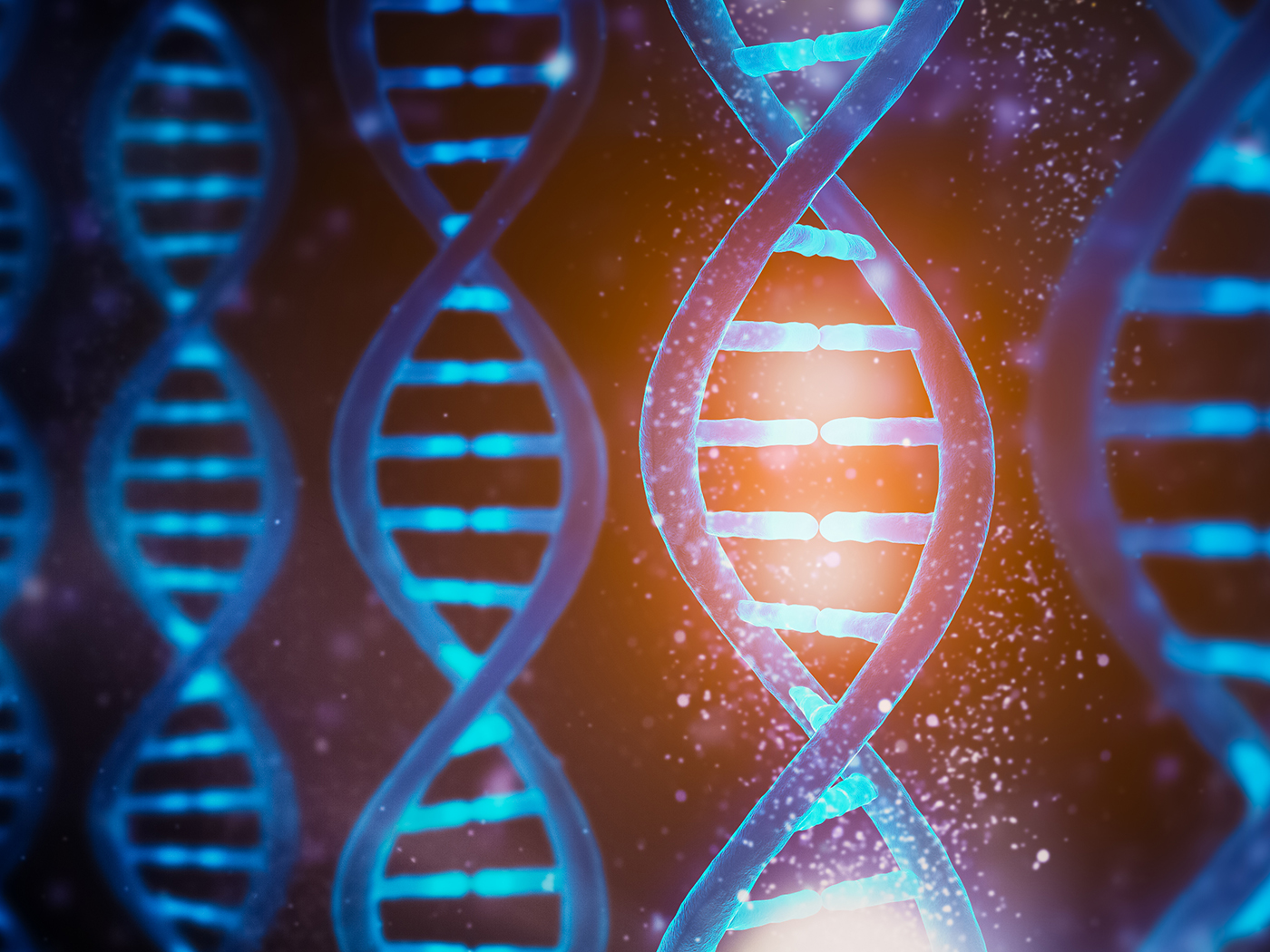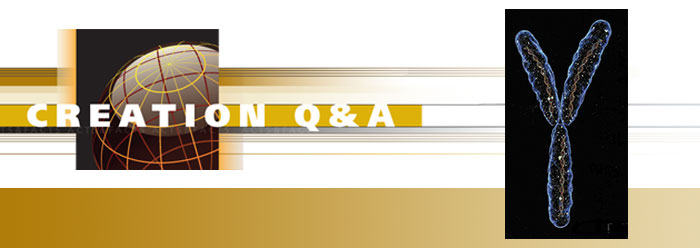At a very basic level, the maintenance and reproduction of a living organism depend on the division of its cells. How does a cell “know” when or why to begin the division process, or even how to go about it? Research has revealed that the answers are complicated, and a recent breakthrough may add even more questions.
Under a microscope, cell division looks like a straightforward biological process. One cell seemingly just splits into two. But there is actually much more to it. After all, the two new resulting cells have to have all the needed parts that the original had―a copy of every DNA, protein, RNA, and other molecules―as well as at least one whole organelle for each.
How does the communication and transportation of these thousands of parts occur with such integrity and regularity in living things? In a report published in the journal Science Signaling, researchers from Johns Hopkins University School of Medicine and the University of Virginia have confirmed that not only are proteins and phosphates involved in the cell division’s internal communication, but so are certain sugars. Since most cellular investigative techniques rely on molecular characteristics such as size and charge, sugars—which are small and often have no charge—have been difficult to study.
By clever sleuthing, these biochemists discovered that a certain sugar can block a common chemical reaction involving phosphates and proteins. Only when the sugar is removed from the vicinity can the reaction take place, and only then does the protein activate to perform its function in cell division.
The reaction that occurs when an enzyme adds a phosphate to a protein is called “phosphorylation.” A separate enzyme can add the sugar, called “O-GlcNAc,” to the same or a nearby site on that protein, and this prevents the phosphate from being added there. Study co-author Gerald Hart said in a Johns Hopkins press release, “I think of phosphorylation as a micro-switch that regulates the circuitry of cell division, and O-GlcNAcylation as the safety switch that regulates the microswitches.”1
Further, these sugars act not as “on-off” switches, but rather more like “dimmer” switches. This way, the protein activity that coordinates, latches onto, and transports parts within the cell can be constantly fine-tuned during cell division.
It seems that just when scientists and educators think they have grasped how cells operate, they discover a whole new dimension that must be taken into account. The John Hopkins press release concluded that “the new sugar switches reveal that the cellular circuitry is much more complex than previously thought.”1
Considering the engineering required for the myriad cell parts, communication networks, and regulating switches that have been operating faithfully and continuously since the beginning of creation, only a supernatural Builder could be responsible for their existence. With each new dimension of interdependent components, the specified complexity operating in cells requires a renewed appreciation for the ingenuity of their Creator.
References
- Sweet!―Sugar Plays Key Role in Cell Division. Johns Hopkins Medicine press release, February 5, 2010, reporting research in Wang, Z., et al. 2010. Extensive Crosstalk Between O-GlycNAcylation and Phosphorylation Regulates Cytokinesis. Science Signaling. 3 (104): ra2.
* Mr. Thomas is Science Writer at the Institute for Creation Research.
Article posted on February 18, 2010.
























